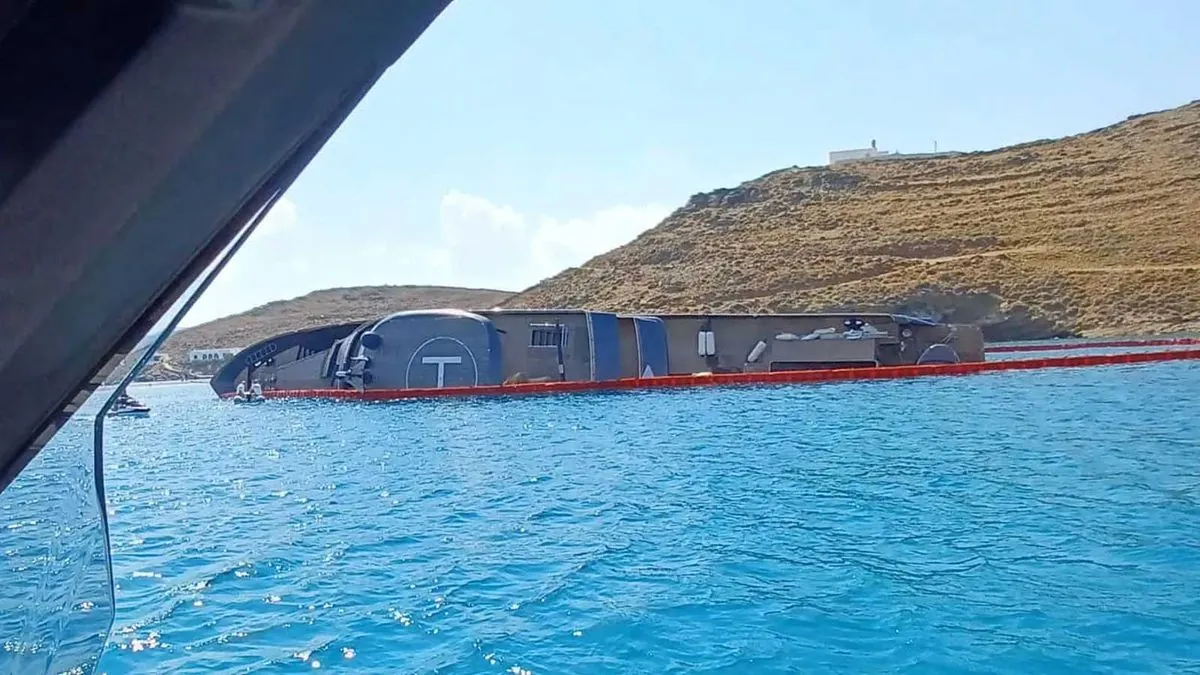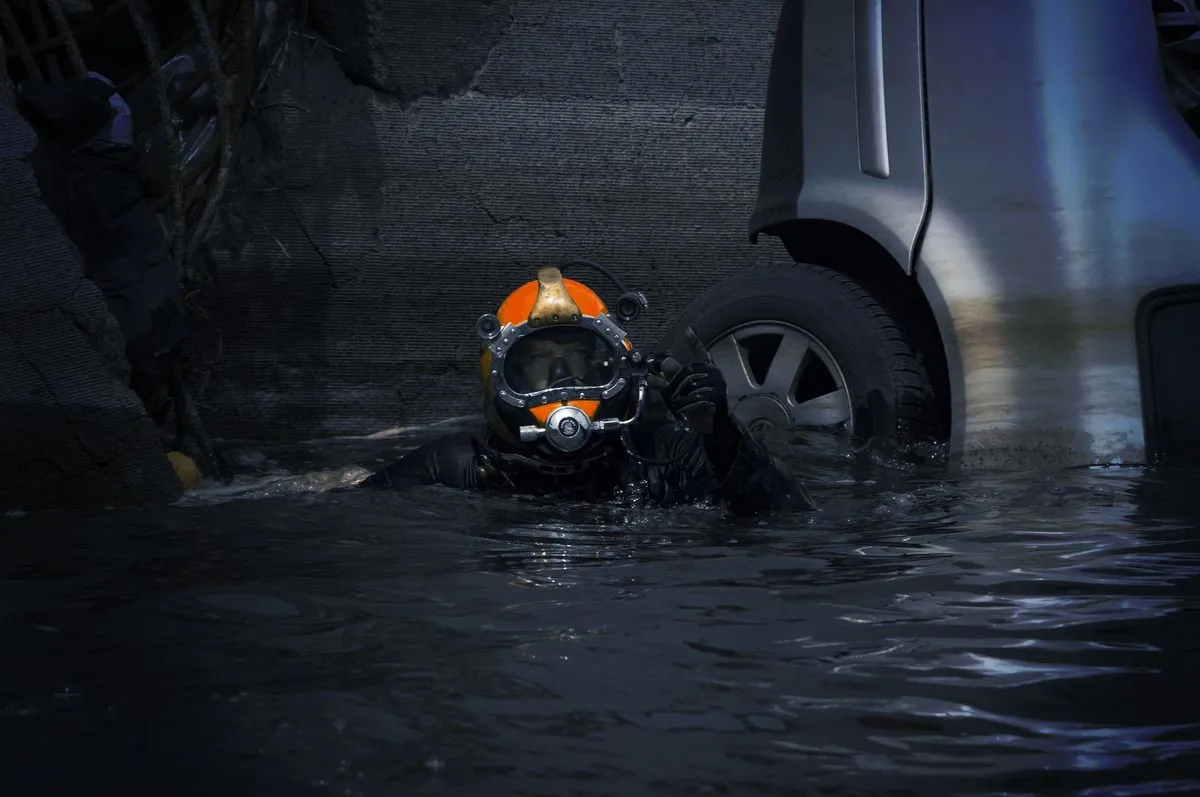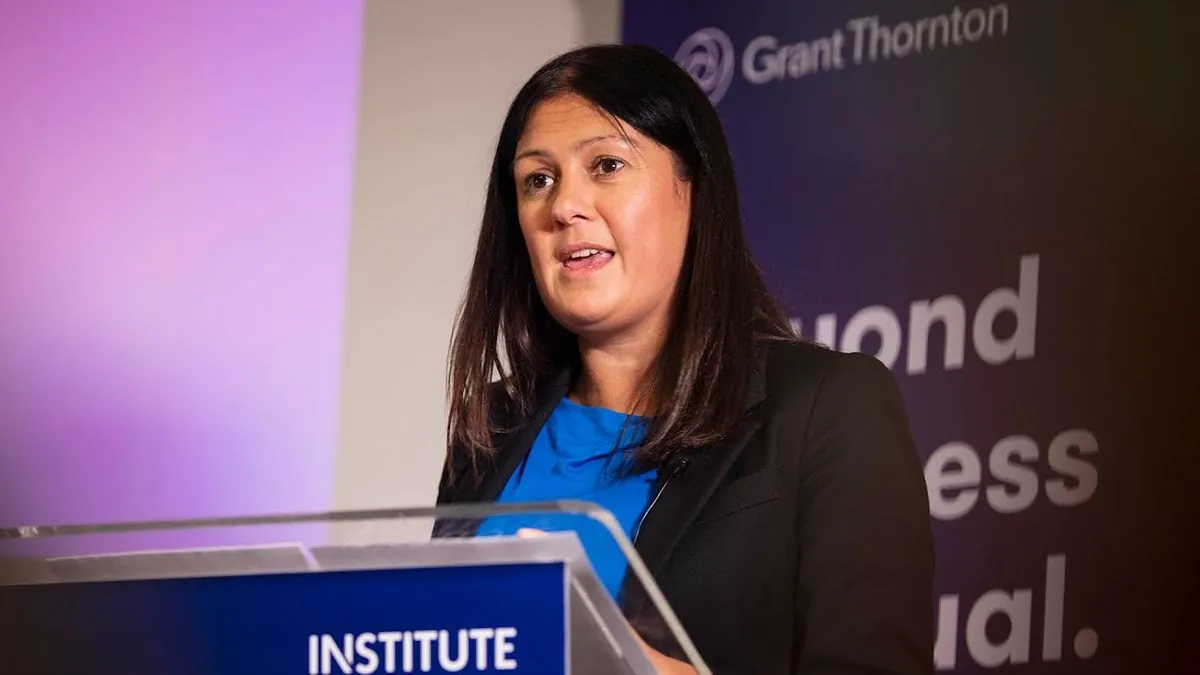Expert Estimates €15M Cost to Salvage Sunken Superyacht off Sicily
Maritime salvage expert Nick Sloane outlines the complex operation to recover the Bayesian superyacht from the seabed near Sicily. The process could take up to eight weeks and require specialized equipment and personnel.

In a recent development regarding the Bayesian superyacht tragedy, renowned maritime salvage expert Nick Sloane has provided insights into the potential recovery operation. The South African engineer, famous for leading the Costa Concordia salvage in 2012, estimates the cost at approximately €15 million with a timeline of six to eight weeks.
The Bayesian sank off the coast of Sicily on August 19, 2024, claiming the lives of several individuals, including Mike Lynch, his daughter Hannah, Jonathan Bloomer, Chris Morvillo, and others. The incident occurred during an intense storm, with the yacht succumbing to the elements around 5 am.
According to Sloane, the salvage operation would require a team of about 40 highly-trained divers. A large platform would need to be constructed and positioned above the wreck site, located half a mile offshore at a depth of 165 feet (50 meters). This depth is considered technical diving, necessitating specialized equipment and expertise.

One of the primary challenges in the recovery process is the yacht's aluminum mast, which was the tallest of its kind when the vessel was built. This mast would need to be removed before attempting to lift the yacht. Aluminum is a popular material in yacht construction due to its lightweight and corrosion-resistant properties, but it presents unique challenges in salvage operations.
Sloane emphasized the delicate nature of the operation: "This is the most delicate part of the operation and needs to be done very, very slowly, because the Bayesian is full of water." He stressed the importance of calm sea conditions during the final stages of the recovery to maintain the yacht's integrity.
The salvage expert drew parallels between the Bayesian operation and the Costa Concordia recovery, which he led in 2012. The Costa Concordia disaster, which occurred on January 13, 2012, off the coast of Isola del Giglio, Italy, resulted in 32 fatalities. While the scale differs significantly – the Costa Concordia was about twice the size of the Titanic – both operations share similar challenges.
Luca Cari, spokesperson for the Italian fire service, described the Bayesian wreck as "a miniature Concordia." Divers exploring the yacht faced severe constraints, with only 12-minute dive times and hazardous conditions including tilted surfaces, floating debris, and dislocated furniture.
Despite Sloane's expertise, he clarified that he has not been officially approached regarding the Bayesian salvage. He expressed confidence in Italy's capabilities to handle the operation independently, citing the country's experience with complex maritime salvages.
As of now, Italian authorities have not made any official statements regarding the recovery of the Bayesian. The decision to salvage the yacht will likely depend on various factors, including the potential for gathering evidence about the sinking, which may have been caused by a waterspout or tornado.
The maritime community watches with interest as this situation develops, recognizing the technical challenges and the importance of adhering to maritime law in such operations. The Bayesian incident serves as a somber reminder of the unpredictable nature of the sea and the ongoing need for advanced safety measures in maritime activities.
"The yacht should be recovered exactly as it is, in one piece, with the aim of maintaining it as intact as possible."
As the world awaits further developments, the Bayesian tragedy continues to underscore the risks associated with seafaring, even with modern technology and luxury vessels. The potential salvage operation, if undertaken, will undoubtedly provide valuable insights for future maritime safety and recovery efforts.


































